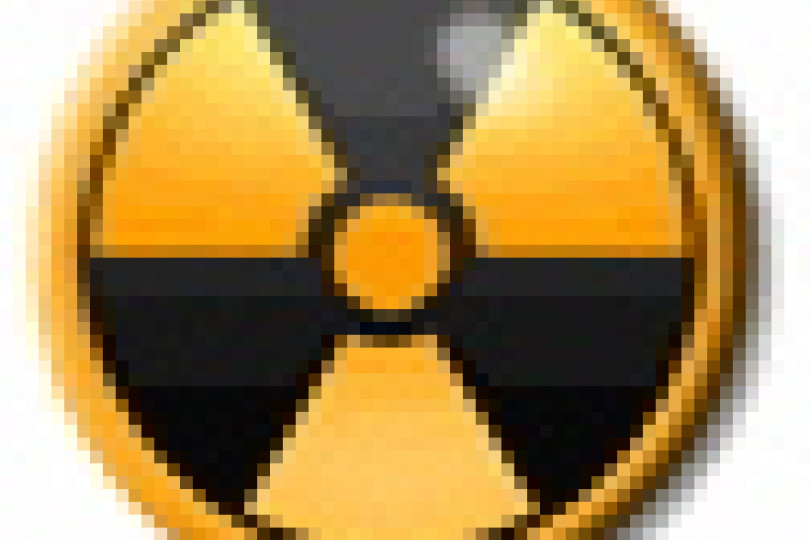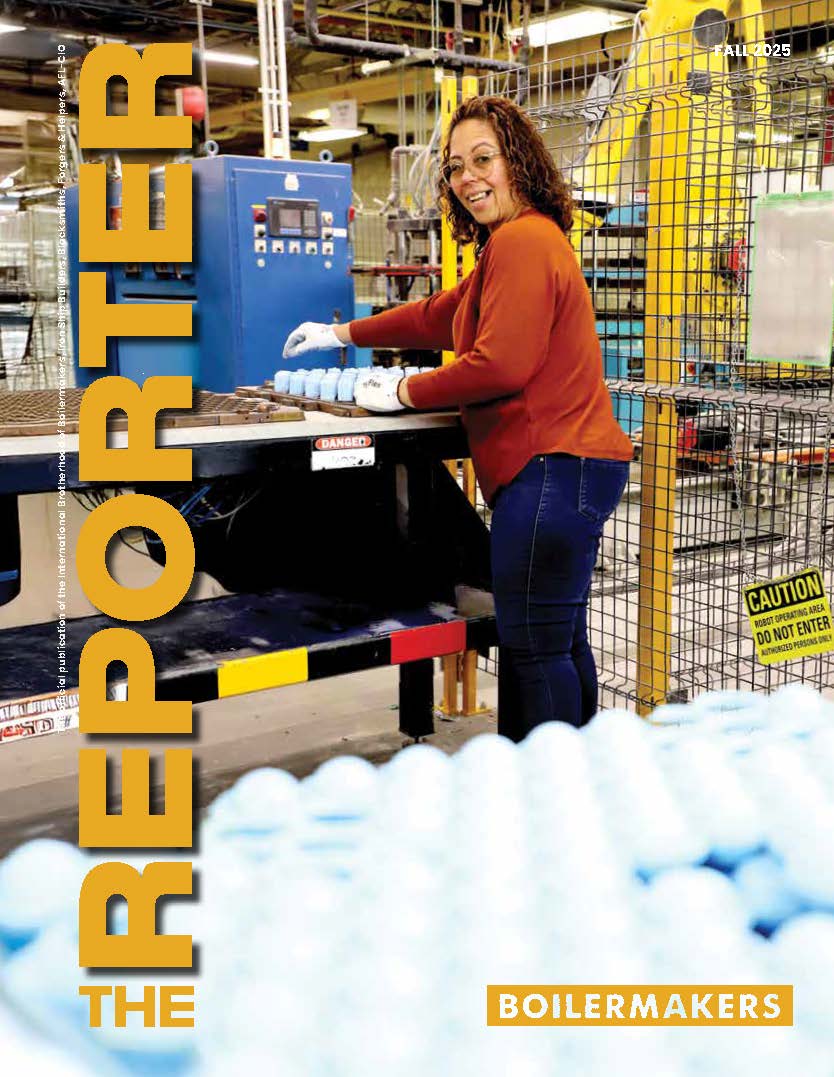Aim is to speed up process for qualifying at-risk groups
THE U.S. HEALTH and Human Services Department issued a final rule July 10 on how it will process petitions from sick and dying workers who were once employed in the nation’s atomic weapons programs. The rule relates to the Energy Employees Occupational Illness Compensation Act (EEOICA) of 2000. The law, which went into effect July 31, 2001, provides for a $150,000 lump sum payment and reimbursement for medical expenses. The benefits are available to qualifying workers and certain survivors. It also provides for $50,000 in additional compensation to uranium workers covered under a separate law, the Radiation Exposure Compensation Act (RECA).
During World War II and the Cold War, thousands of workers were employed by the Department of Energy in nuclear processing and test facilities. Many were exposed to high levels of radiation and other hazardous materials and later developed radiogenic cancers, beryllium diseases, and chronic silicosis. After decades of denial, the federal government admitted that it knowingly exposed workers to these dangers.
Congress subsequently passed the EEOICA. The Act identifies classes of workers or “cohorts” according to where they were employed, the type of jobs they performed, how long they worked, and other factors. The EEOICA allows the Health and Human Services Department to add additional cohorts after evaluating petitions. Because the qualifying process was lengthy and complex, Congress amended the law in 2004, instructing the HHS department to change its procedures. The final rule of July 10, 2007, establishes a 180-day period for HHS to evaluate the petitions and decide whether the petitioning group qualifies for compensation.
Workers or their eligible survivors can file for EEOICPA compensation with the U.S. Department of Labor. In some cases, DOE records may not verify past employment at DOE sites. In those cases, the Center to Protect Workers’ Rights (www.cpwr.com) offers assistance to verify and document employment claims.
For additional information, visit the Department of Labor’s Web site at www.dol.gov, the National Institute for Occupational Safety and Health (NIOSH) at www.cdc.gov/niosh, and the Department of Health and Human Services at www.hhs.gov.






